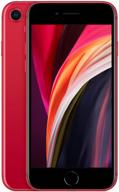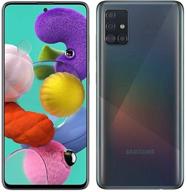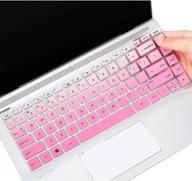The display, everything is fine on the numbers. High resolution / 120 Hz. But then you pick up your old Samsung Note, A50, S10 (all 4 on hand) and even on the budget A50 with the same brightness values, the display is much brighter, the colors are deeper, the white balance is correct and most importantly the eyes do not get tired.
In order: 1) PWM i. E. screen flickering on all new samsungs at a maximum backlight of 250Hz, judging by all the tests. The smaller the backlight, the more flickering and the more harmful to vision. The required safe threshold is over 300 hertz. And for the Chinese Xiaomi, Vanplas, this figure is 400-430 on the same screens bought from Samsung. But Google, Samsung and Apple, as usual, saved on quality, which is wildly infuriating. Indeed, in marketing, Yabloko and Samsung are the elite, but in the end . as a result, my eyes get tired, my head hurts, it is known precisely in comparison. You take another phone and your eyes immediately feel better.
2) The white balance is littered with blue. White balance adjustment is only in the "bright colors" mode, there you need to make it as warm as possible, then remove the blue in the palette by half and then it will be correct. In natural color mode, there is no white balance adjustment. This is problem.
3) The brightness of the backlight is underestimated, maybe to save battery in 120 hertz mode. The joke is that 120 Hz is not stable, but dynamic in order to save money, but it’s even good for the battery, but setting 60 Hz you see that the display is sharpened at 120 and the lubrication is unnatural, it’s not convenient to read the letters.
Guys from Samsung, well, how is it !? Why Xiaomi, OnePlus, Realmi put your screens and they show them better? Why do budget smartphones put normal display controllers and they are harmless and do not flicker? Why do I buy a flagship with a worse screen than in the budget?



















